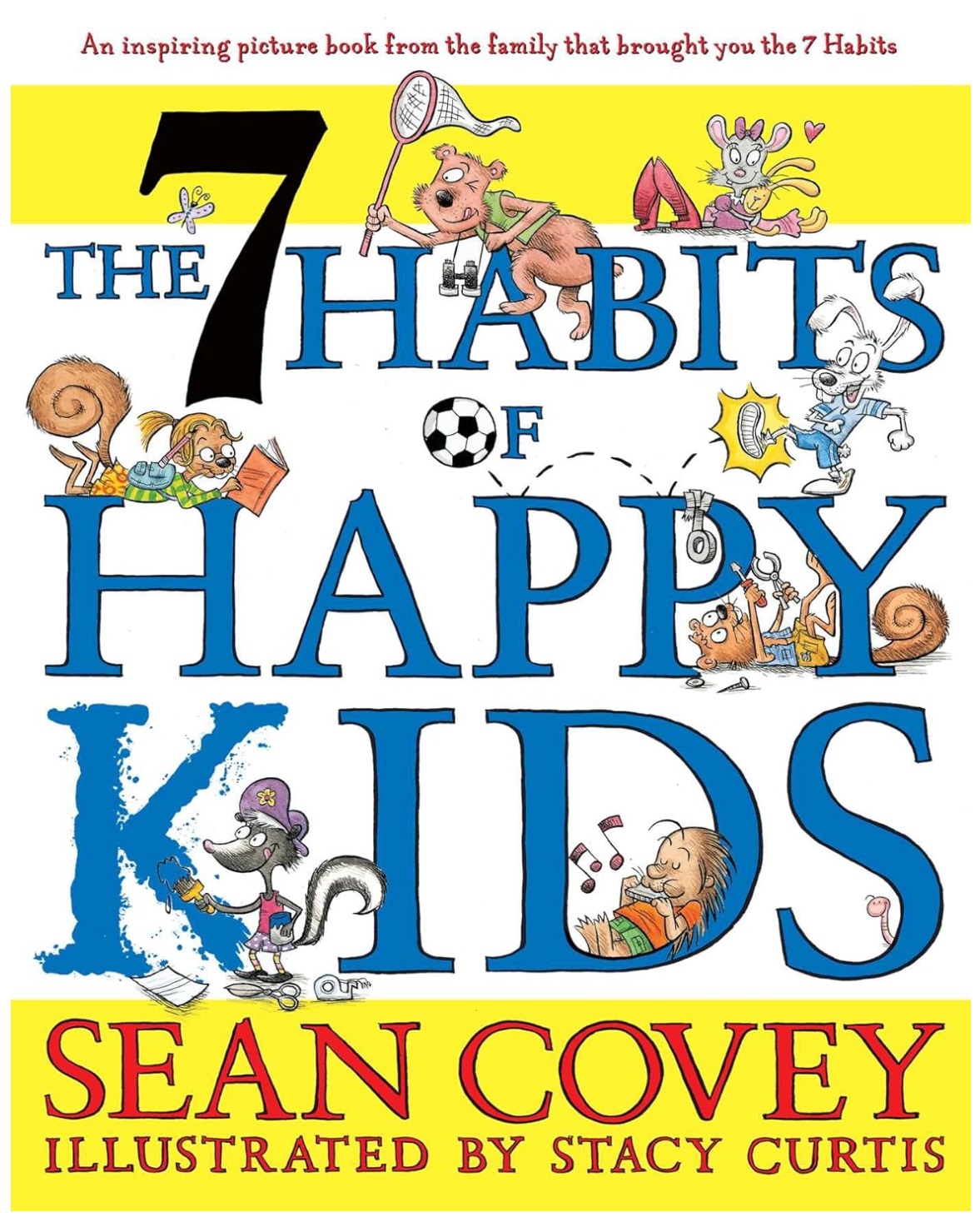- KEY POINTS
- Minimize digital distractions by silencing notifications and using focus apps during time blocking sessions.
- Set clear boundaries by informing others of your blocked time and creating a distraction-free workspace.
- Batch similar tasks to reduce mental fatigue and stay in a productive flow state longer.
Time blocking can only work if you protect the time you set aside. However, distractions are everywhere – emails, social media, phone calls, and even internal interruptions like random thoughts can derail focus.
The key to successful time blocking lies in creating an environment that fosters deep concentration. Here are 10 practical tips to minimize distractions and make the most of your blocked time.
Table of Contents
Toggle1. Set Clear Boundaries with Yourself and Others
One of the most effective ways to eliminate distractions is to treat your time blocks as sacred appointments. If you wouldn’t answer personal calls in the middle of a client meeting, why let them interrupt your deep work session?
How to Apply It:
- Communicate clearly with family, coworkers, or anyone who may interrupt. Let them know your blocked time is non-negotiable.
- Use “Do Not Disturb” signs, both physically on your door or virtually by setting your status to “busy” on Slack or Teams.
- Inform your team or manager of your time-blocking system, so they know when you’re unavailable.
Personal Example:
I put my phone on silent and let colleagues know that I have two hours of focused work every morning. By setting that expectation, interruptions dropped dramatically.
2. Silence Digital Notifications
Digital distractions are the biggest culprits when it comes to breaking focus. Even small pop-ups can pull you out of a flow state, and getting back into the zone takes longer than you’d think.
Steps to Take:
- Turn off notifications for emails, Slack, social media, and messaging apps during time blocks.
- Use “Focus Mode” or “Do Not Disturb” on your phone and computer.
- Log out of social media or use browser extensions like StayFocusd or Freedom to block distracting sites during work sessions.
Pro Tip:
Put your phone in another room if you find yourself tempted to check it during breaks. Out of sight, out of mind.
3. Create a Distraction-Free Workspace
Your environment plays a huge role in your ability to focus. A cluttered or noisy workspace can fragment your attention and make it difficult to stay engaged.
How to Optimize Your Space:
- Declutter your desk and keep only the essentials. A clear space can lead to a clearer mind.
- Use noise-canceling headphones or play instrumental music to drown out background noise.
- Choose a designated workspace where you associate the area with productivity and focus.
Personal Adjustment:
I rearranged my workspace to face a wall instead of the window, limiting outside distractions. This simple change boosted my focus significantly.
4. Time Block Low-Focus Tasks Separately
Not all tasks require deep focus. If you try to switch between high-focus and low-focus tasks, you’ll naturally drift toward the easier, less important work.
Action Step:
- Batch admin tasks (like email responses, filing, or scheduling) into one time block, separate from deep work.
- Reserve high-focus blocks for creative or demanding tasks, and keep distractions like email-checking limited to specific parts of the day.
Example:
I block 30 minutes in the afternoon for emails and admin work, keeping mornings distraction-free for content creation.
5. Use the Pomodoro Technique for Breaks
Trying to block hours of uninterrupted time can feel daunting. The Pomodoro Technique breaks work into manageable chunks, keeping distractions at bay while still allowing short breaks.
How It Works:
- Work for 25-50 minutes (depending on your capacity).
- Take a 5-10 minute break to recharge.
- After four sessions, take a longer 20-30 minute break.
Why It Helps:
Knowing a break is coming reduces the urge to check social media or wander during deep work sessions.
6. Plan for Interruptions and Buffer Time
Sometimes, interruptions are unavoidable. The mistake is not planning for them. Instead of abandoning your schedule when something pops up, build buffer blocks into your day.
Steps to Implement:
- Block 30 minutes each afternoon to handle unexpected tasks or catch up on missed blocks.
- If an interruption happens, slide the task into overflow time rather than abandoning it altogether.
Example:
When meetings run over, I adjust by moving the affected time block to my overflow slot, ensuring nothing critical is left behind.
7. Use Technology to Your Advantage
While technology can distract, the right tools can enhance productivity. From apps to browser extensions, tech can help you stay disciplined.
Recommended Tools:
- Focus@Will – Plays concentration-enhancing music.
- Forest – Grows virtual trees as you stay off your phone.
- RescueTime – Tracks time spent on different activities, helping you identify distractions.
- Notion or Trello – Organizes tasks visually, making it easier to stick to your time blocks.
8. Set Clear Goals for Each Time Block
Unclear goals lead to drifting, which invites distractions. When you sit down to work, know exactly what you want to achieve during that block.
How to Clarify Goals:
- Break large projects into smaller tasks. Instead of “Work on report,” specify “Write introduction” or “Research sources.”
- Make each time block actionable and measurable.
Personal Insight:
I found that labeling blocks with specific outcomes increased my motivation and focus. Ambiguity was the biggest enemy of my productivity.
9. Schedule Breaks for Mental Refresh
Neglecting breaks can lead to burnout and more distractions later. If you try to power through the day, your brain will naturally seek out distractions.
How to Break Effectively:
- Schedule a 10-minute walk or stretch every 90 minutes.
- Step away from your desk – avoid using breaks to scroll on social media, as it doesn’t truly refresh the mind.
Why It Works:
Physical movement or quick meditation can reset your energy, helping you return to your time blocks refreshed and ready to focus.
10. Track Progress and Reflect
Staying consistent with time blocking means regularly assessing what’s working and what’s not. If distractions persist, reflect on the root cause.
End-of-Day Review:
- Did I stick to my blocks today?
- What distractions pulled me away?
- How can I adjust my environment or mindset to minimize those tomorrow?
Final Thoughts
Time blocking isn’t just about scheduling – it’s about protecting your focus and creating an environment where productivity thrives. By reducing distractions and fine-tuning your approach, you can make time blocking a habit that consistently leads to better results.
Which tip will you apply first?














































